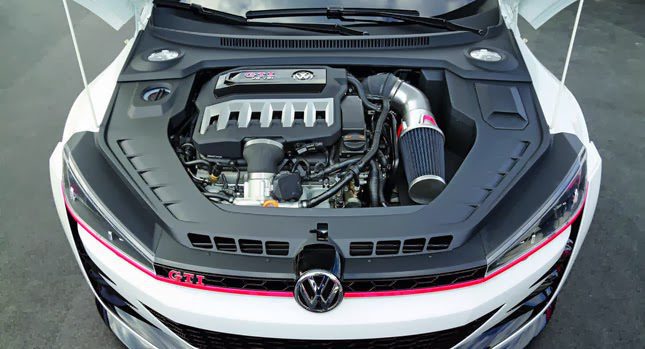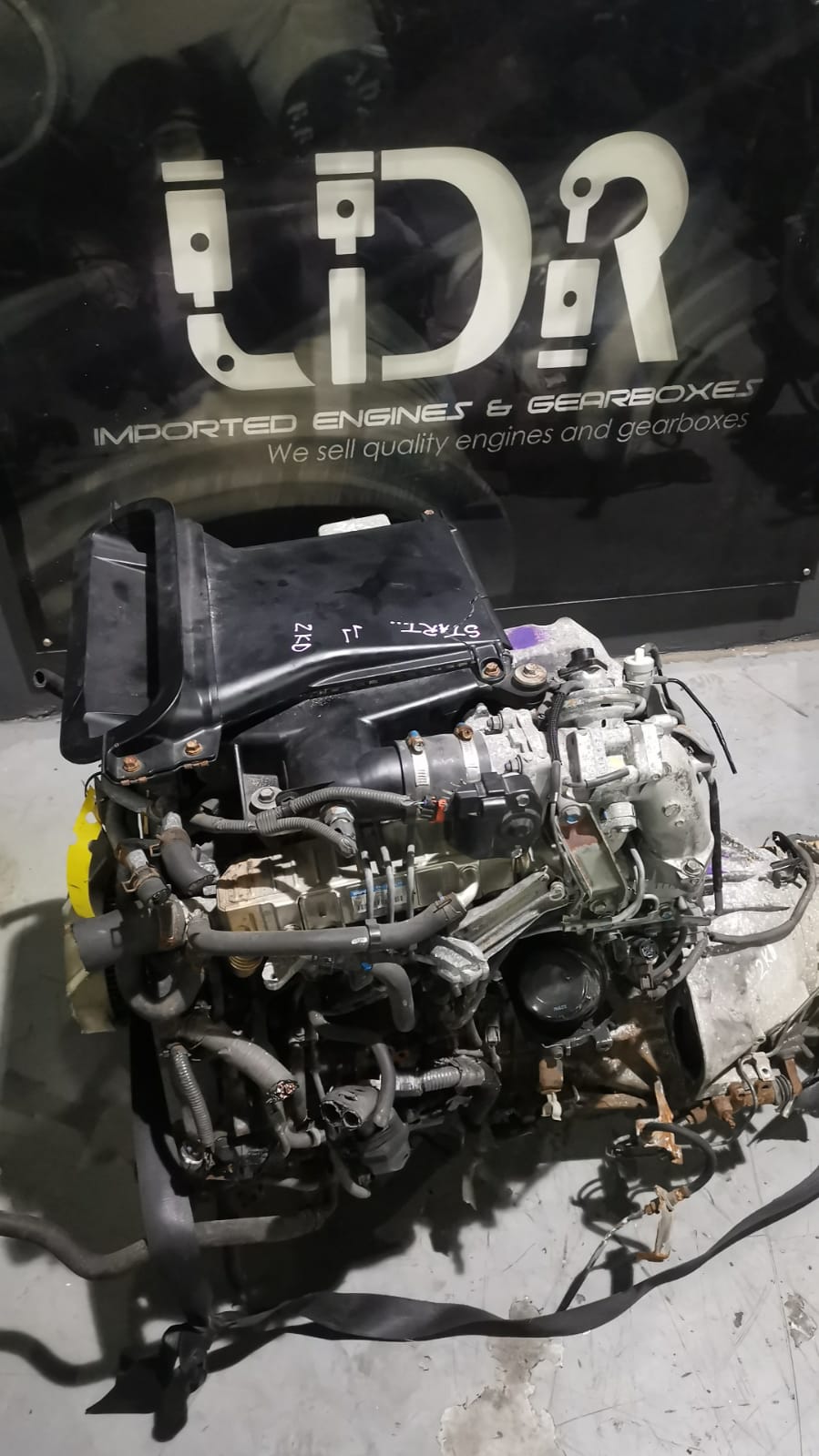Locating the Best Offers on Opel Corsa Engine Components
Locating the Best Offers on Opel Corsa Engine Components
Blog Article
Discovering the Inner Workings of a Compact Vehicle's Engine System
As vehicle drivers, we often take for granted the elaborate processes that occur within the boundaries of our lorry's engine system. The compact yet complicated machinery that pushes us onward is a wonder of engineering accuracy and control. From the regulated explosions in the burning chamber to the careful timing of gas injection, every part plays an important duty in the smooth procedure of the engine. In this expedition of a small lorry's engine system, we will untangle the inner functions of this mechanical symphony, dropping light on the enigmas that drive us ahead on our daily journeys.
Combustion Refine Overview
The burning procedure in a compact automobile's engine system is an important mechanism that effectively transforms gas into power to power the car. This process happens within the burning chamber of the engine, where fuel and air mix, ignite, and create controlled surges. The combustion procedure is composed of four major phases: consumption, exhaust, power, and compression.
Throughout the consumption stage, the piston relocates downward, drawing in a mix of air and fuel right into the combustion chamber. The next phase, compression, includes the piston relocating upward, compressing the air-fuel combination to enhance its effectiveness. Consequently, in the power stage, the stimulate plug sparks the compressed mixture, resulting in a quick development of gases that compels the piston pull back. This downward activity produces the power required to drive the car. Lastly, in the exhaust phase, the burnt gases are expelled from the combustion chamber through the exhaust valve, preparing the chamber for the following cycle. This cyclic combustion procedure is fundamental to the operation of a portable car's engine system, ensuring effective power conversion for propulsion.
Piston and Cyndrical Tube Communication

The piston's precise fit within the cyndrical tube is vital for preserving ideal compression and preventing energy loss throughout burning. Limited clearances between the piston and cyndrical tube wall surfaces make sure effective sealing, enabling the piston to move smoothly without enabling gases to leakage past. Correct lubrication is likewise vital to reduce friction and wear between these parts, enhancing longevity and performance.
Additionally, the style and products made use of in producing the piston and cyndrical tube effect engine effectiveness and toughness. Modern engines usually use lightweight yet durable products like light weight aluminum alloys for pistons and cylinder linings to reduce inertia and improve thermal effectiveness. On the whole, the harmonious communication in between the piston and cyndrical tube is essential to the engine's performance and total efficiency.
Gas Injection System Performance
Fuel shot systems in small lorry engines play a critical duty in precisely providing gas to the burning chamber for effective and controlled ignition. The gas injection system operates by injecting gas into go to these guys the burning chamber at the optimal moment during the engine's operation (opel corsa engine). This exact timing makes sure that the gas blends equally useful reference with the air for proper burning, resulting in enhanced fuel performance and lowered emissions
There are primarily two types of fuel injection systems utilized in portable car engines: port gas shot (PFI) and straight gas injection (DFI) PFI systems infuse fuel right into the intake port before the consumption shutoff, while DFI systems inject gas directly right into the burning chamber. Both systems have their advantages, with DFI offering much better gas atomization and PFI supplying an extra cost-efficient solution.
Comprehending Engine Cooling Devices
Effective procedure of a compact vehicle's engine counts heavily on the performance of its cooling devices. Engine air conditioning is necessary to stop getting too hot, which can cause major damages and reduced performance. The air conditioning system in a compact car commonly consists of numerous parts interacting to regulate the engine temperature. One vital part is the radiator, which utilizes coolant to absorb heat from the engine. As the warm coolant streams through the radiator, it releases warmth into the air, cooling before going back to the engine. The water pump distributes get more the coolant via the engine and radiator, ensuring a consistent circulation to regulate temperature level. Furthermore, the thermostat aids regulate the coolant flow to keep optimal engine temperature. Some vehicles additionally have cooling followers that trigger when added air conditioning is needed, such as throughout heavy web traffic or heat. Understanding these engine cooling systems is important for preserving the efficiency and longevity of a small lorry's engine system.

Exhaust System Parts Explained
The optimal performance of a compact lorry's engine air conditioning mechanisms relies on a corresponding system called the exhaust system, which makes up numerous crucial elements for making sure reliable emissions and engine efficiency. The exhaust system consists of elements such as the exhaust manifold, catalytic converter, muffler, and tailpipe. The exhaust manifold gathers exhaust gases from the engine's routes and cyndrical tubes them to the catalytic converter. The catalytic converter after that transforms dangerous pollutants in the exhaust into less hazardous emissions prior to releasing them through the muffler and tailpipe.
One important part of the exhaust system is the oxygen sensing unit, which keeps an eye on the oxygen levels in the exhaust gases to aid regulate fuel intake and make certain optimal engine efficiency. opel corsa engine. Additionally, the resonator may be present in some exhaust systems to lower sound degrees. Generally, the exhaust system plays an essential function in preserving engine effectiveness, minimizing hazardous discharges, and ensuring a quieter driving experience for small vehicle proprietors

Verdict
To conclude, the portable lorry's engine system is an intricate mix of elements that work with each other to assist in the combustion process, convert gas into power, and get rid of waste gases. Comprehending the internal workings of the engine system, including the piston and cyndrical tube interaction, fuel shot system, engine air conditioning devices, and exhaust system parts, is vital for preserving optimal performance and effectiveness of the car.
The burning process in a compact vehicle's engine system is a vital device that efficiently converts gas into energy to power the lorry.Gas shot systems in portable vehicle engines play a crucial duty in exactly supplying gas to the burning chamber for regulated and effective ignition.There are primarily two types of gas injection systems used in portable car engines: port gas injection (PFI) and straight gas injection (DFI) Understanding these engine air conditioning mechanisms is crucial for keeping the performance and longevity of a portable lorry's engine system.
The optimum performance of a compact automobile's engine air conditioning systems depends on a complementary system recognized as the exhaust system, which comprises various important elements for guaranteeing effective discharges and engine efficiency.
Report this page